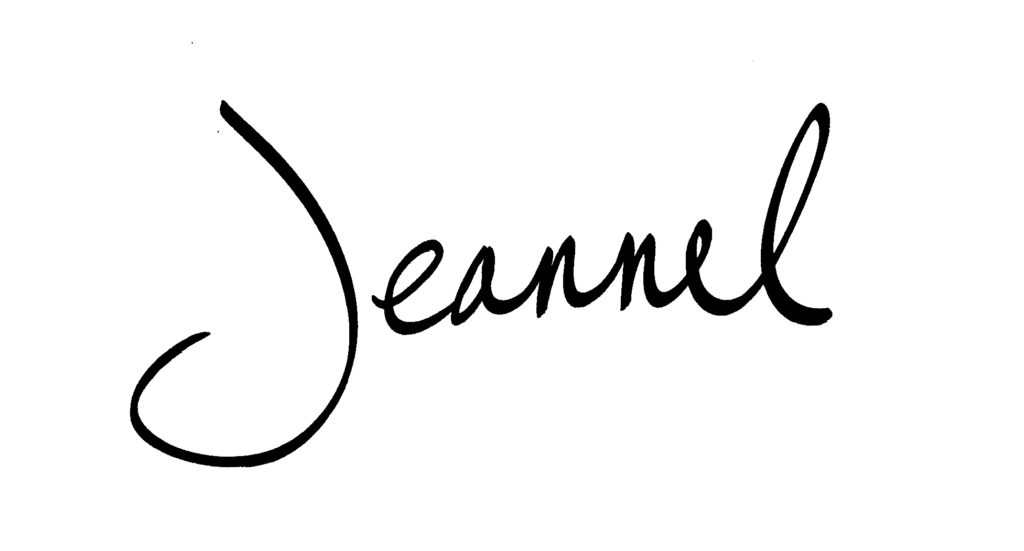The other day, something happened that caught me completely off guard.
The dude at the Apple Store totally knew what graphic recording was.
And he wasn’t talking about whiteboard animation, which is what I thought he may have been thinking of. He actually meant graphic recording, and he got it right. Here’s how the conversation went down:
Him: Your business is “Big Picture Solutions”…what is that?
Me: It’s a graphic facilitation firm. You see, I draw out ideas in real-time while…
Him (excitedly): Oh hey, do you do that thing where someone’s speaking at a conference, and someone’s standing off to the side with a really big board drawing what he’s talking about? Man, I love that stuff! It really helps me understand what’s going on in the presentation, and I love how visual it is because I’m a visual learner. That is so cool!
Me (pleasantly surprised): Why yes, yes I do do that!
The dude was talking about graphic recording, all right!
Is it tipping?
And this makes me wonder if graphic recording is starting to reach it’s tipping point. Because as a graphic facilitator, I’ve been used to people not knowing what graphic recording really is. Over my years in business as I described “graphic recording” to someone, responses ranged from:
- getting blank stares as I described it
- folks asking if it was like mind mapping or those people who draw pictures in the courtroom
- folks saying, “oh, you mean like those videos of TED talks where someone’s drawing what they’re saying? Those are so cool, I love those!”
- occasional folks having had experience seeing it done at an event they attended (to which I’d say they were part of an elite few who have experienced it!)
But now the dude at the Apple store knows what I’m talking about, and it’s a whole different world from just a few years ago.
Graphic recording is going more mainstream. Sure, it’s been happening since the 1970’s, major corporations have been using it as a best-kept productivity secret for years, and it’s been gaining traction at conferences and events over the past decade, but THIS is different.
In the Army Now
Heck, the U.S. Army wanted it for a recent strategic visioning event because the commanding officer had seen graphic recording in action somewhere else and declared that he would have it at his event. Period. So his team literally fought to make it happen. (The event, by the way, was amazing!) And during the event, another officer came up to me holding Sunni Brown’s Doodle Revolution book, talking about Edward Tufte, and wanting me to teach him more about visual thinking and drawing out ideas. Now, I don’t know what you think about the U.S. Army, but I’ve tended to think of them as being fairly set in their ways. (There’s a reason why folks say things are done “the Army way,” after all!)
Well, the Army way includes innovation. It includes collaboration and creativity. And it now includes graphic facilitation and graphic recording. Say WHAT? That whole experience blew my little mind. (Not to mention the progressive approach in general that the commanding officer was taking for the project!)
A whole new world
But seriously. The US Army fights – and I literally do mean fights – to bring graphic recording into their planning process. And then the dude from the Apple store knows what graphic recording is.
Something tells me we’re not in Kansas any more!
(I gotta practice not looking surprised when someone actually knows what I do nowadays!)
But that’s just me…what do YOU think? What will tell you that graphic recording has reached its tipping point?
I cannot wait to see what you draw forth,


